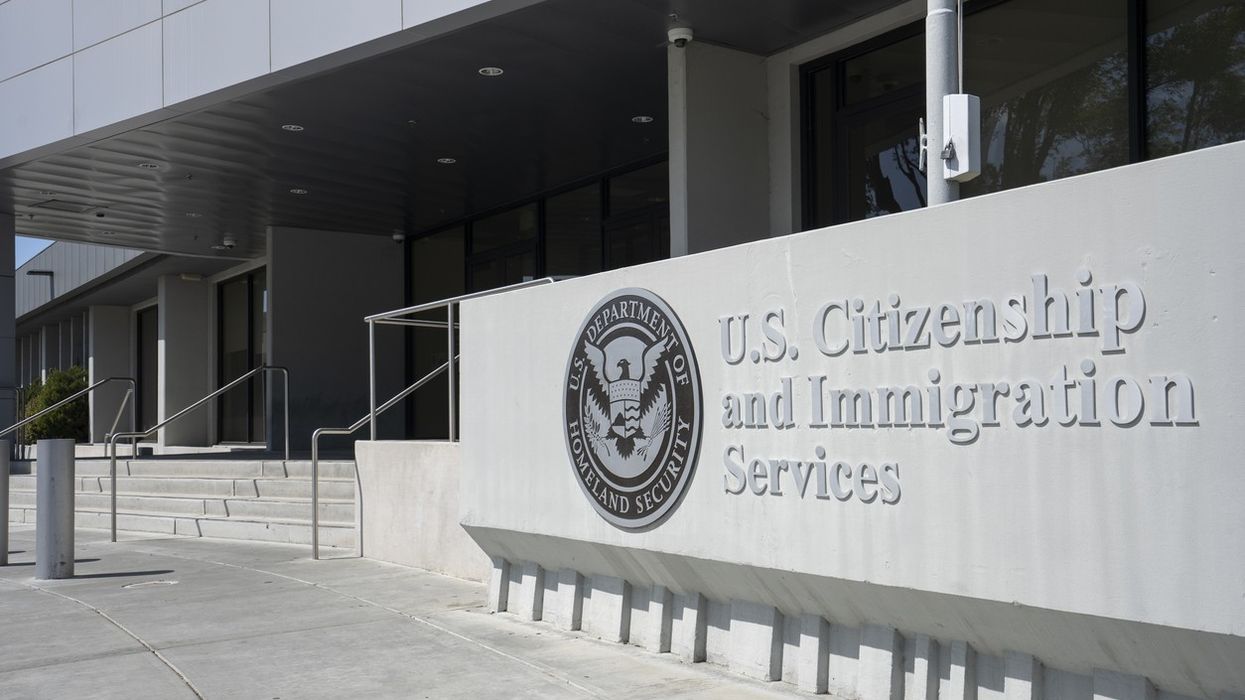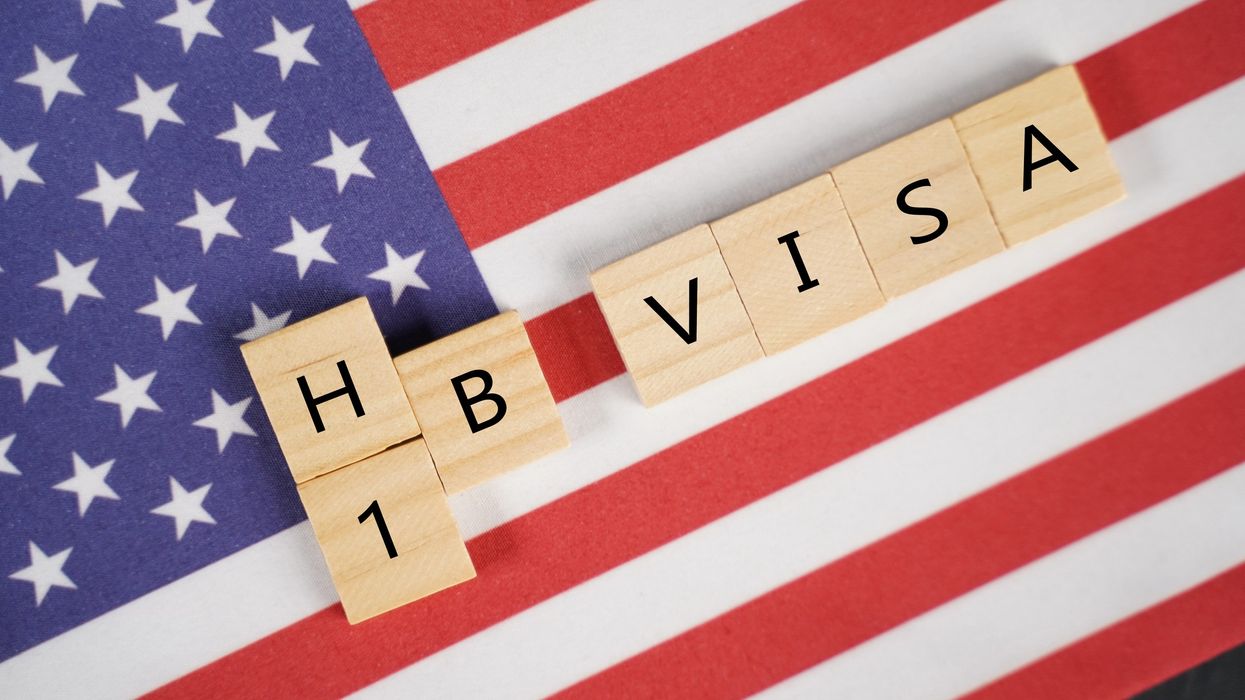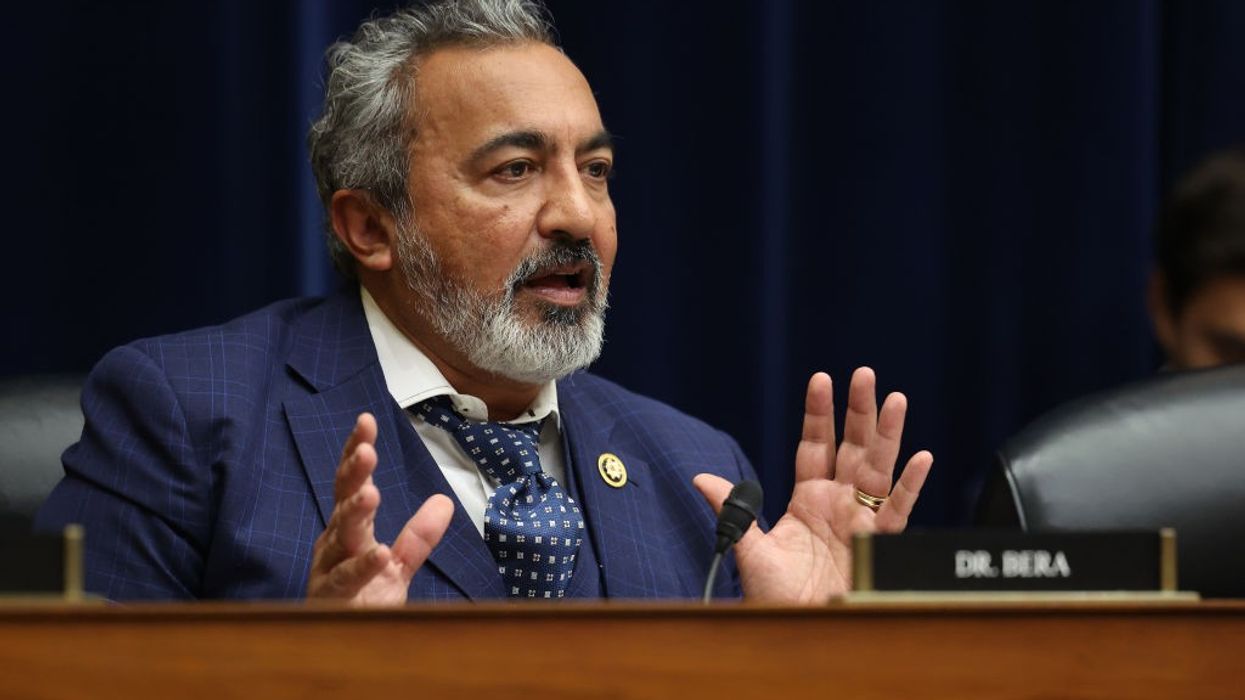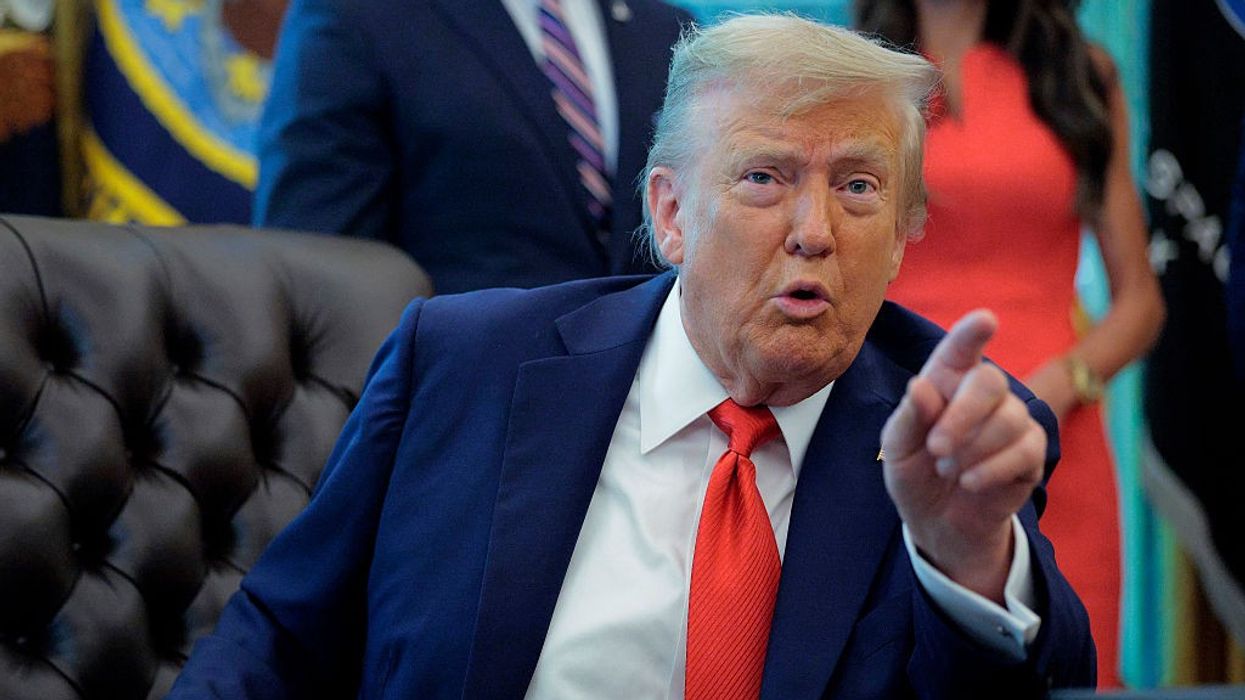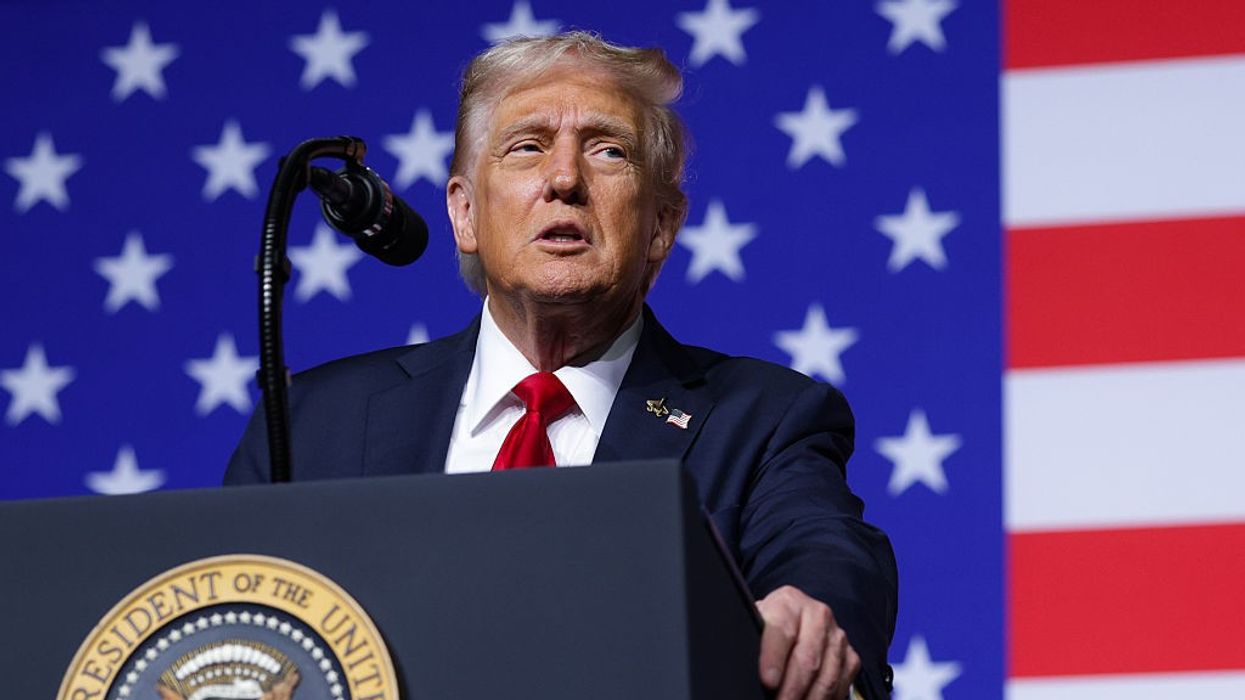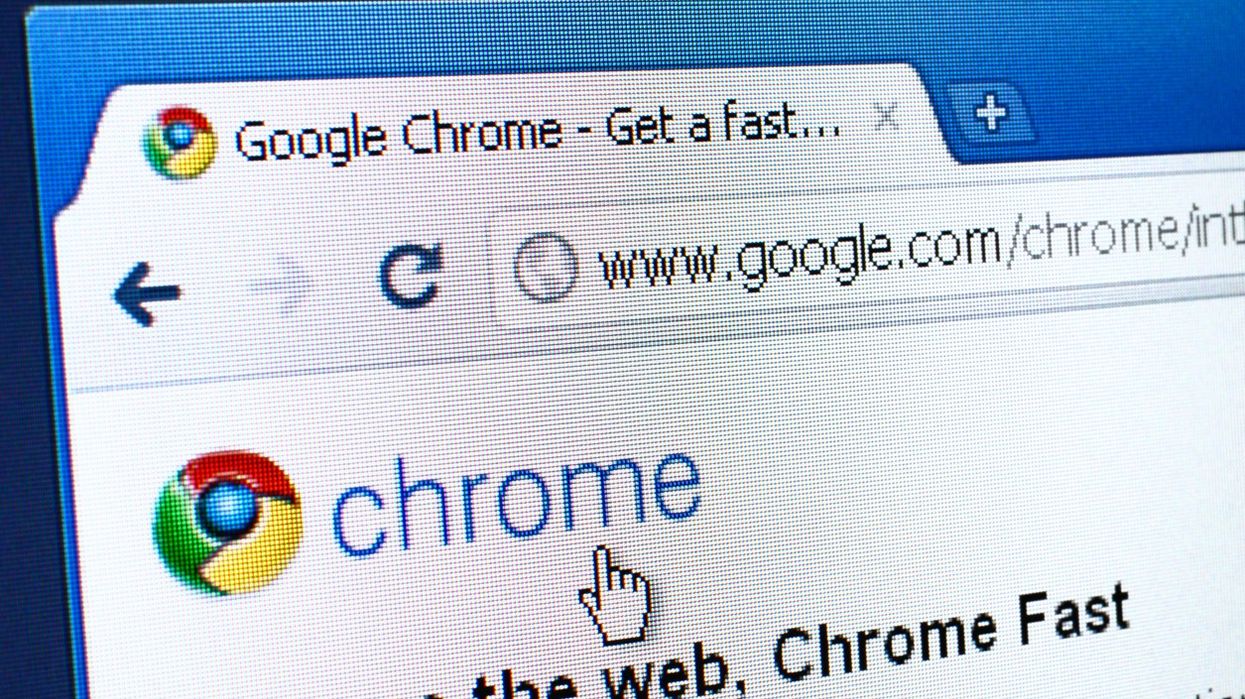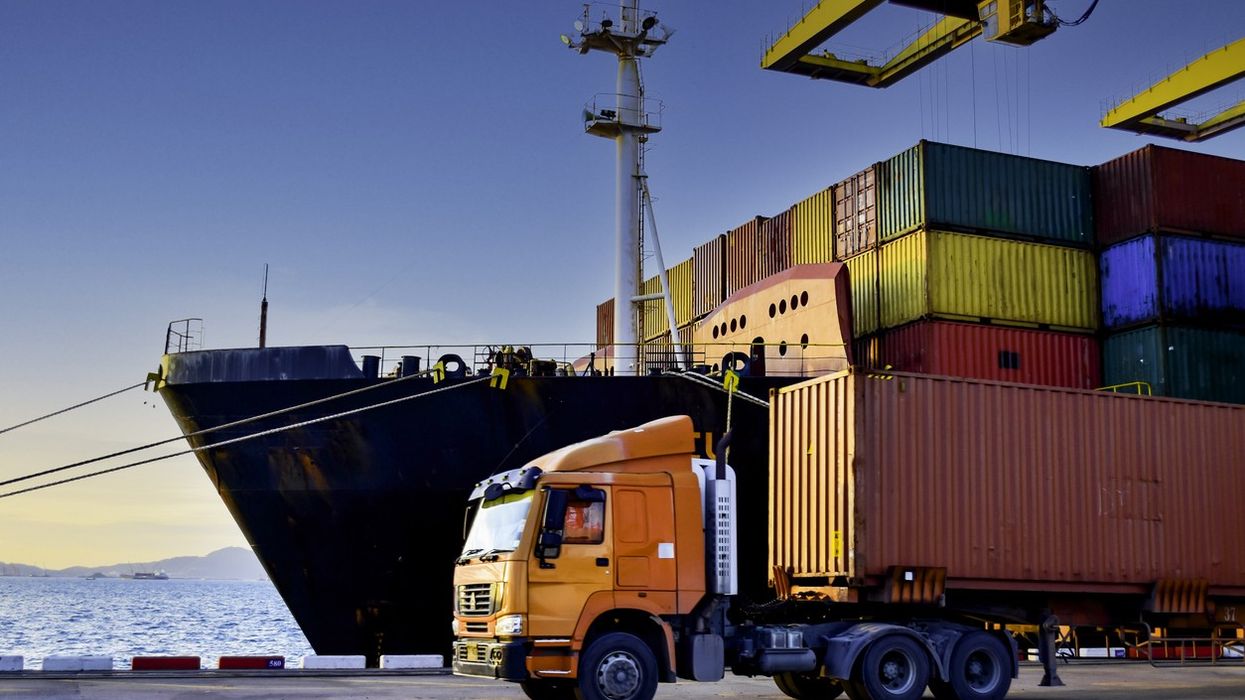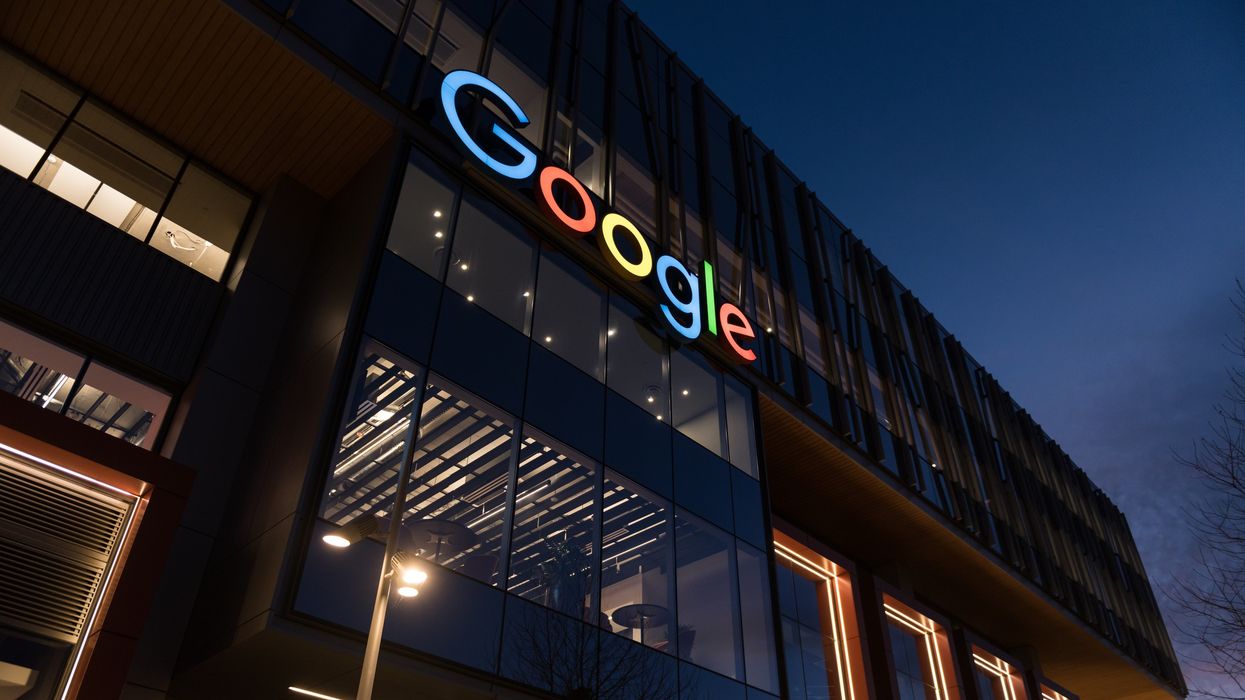LEADING data and analytics firm GlobalData has made a forecast that India's card payments market could grow by nearly three times from Rs 21.7 trillion (£205.4 billion) in 2022 to Rs 60.2 trillion (£570 billion) in 2027, propelled by increased consumer spending.
According to GlobalData's Payment Card Analytics, card payments value in the South Asian economy, the fifth largest in the world, registered a robust growth of more than 26 per cent last year, backed by improving economic conditions.
The trend is likely to continue in the current year and is set to grow by 28.6 per cent to reach Rs 27.9 trillion (£264 billion), said a release from GlobalData.
Ravi Sharma, lead banking and payments analyst at the London-based company, said, “India, which is primarily a cash-driven economy, made robust progress in the adoption and usage of card payments supported by improvement in payment infrastructure and constant efforts by financial authorities to increase financial inclusion and boost cashless payments.”
Cards drove post-Covid-19 pandemic recovery
The release said that the post-COVID-19 pandemic recovery in card payments was mainly driven by credit and charge cards, with the card category growing by 53 per cent in 2021 and 46.7 per cent in the year next, as consumer spending rose on travel, accommodation, restaurants and transportation.
Loyalty programmes and reward benefits such as discounts and instalment facilities are also aiding the growth of credit and charge cards. The trend is expected to continue in the current year, as credit and charge card payments are expected to grow by over 38 per cent.
Debit card payments, on the other hand, are expected to grow at a slower pace of 9.5 per cent during the same period.
The growth in the card payments is also driven by the government push to improve electronic payment infrastructure.
In January 2021, the Reserve Bank of India (RBI) set up Payments Infrastructure Development Fund (PIDF) to expand payment infrastructure. Contribution to this fund is made by the RBI, card schemes and banks. The fund offers subsidies to merchants on installation of POS terminals and QR codes.
As part of the directive by the RBI in June 2022, merchants can avail 60-75 per cent subsidy on the cost of POS terminal installation and 75-90 per cent subsidy on QR code.
By December last year, over 480,000 POS terminals and 18.3 million QR code acceptance points were deployed across the country using funds from PIDF.
According to GlobalData, the move by India's central bank in June last year to link credit cards with the instant payment system – UPI (Unified Payments Interface) could be a game changer for credit card usage in the country. UPI, which allows bank-to-bank transfers, added payment with RuPay credit cards feature, allowing cardholders to make payments to merchants with their saved RuPay credit cards.
As of August 2023, Punjab National Bank, Union Bank of India, Indian Bank, HDFC Bank, Axis Bank, Kotak Mahindra, and Bank of Baroda are offering the service.
This move will further drive credit card spending as small merchants, who do not accept card payments, are expected to do so once cards are integrated with UPI. As small merchants do not have to spend additional costs for installing POS terminals, they can start accepting card payments using existing QR code scanners.
“Card payments in India have been driven by a strong revival in the economy, post-pandemic growth in consumer spending and constant improvement in payment infrastructure. The recent move by RBI to allow credit card payments via UPI will further push card payments in the country," Sharma added.



